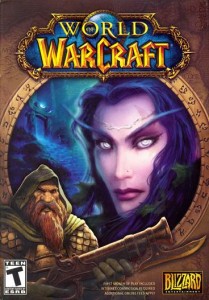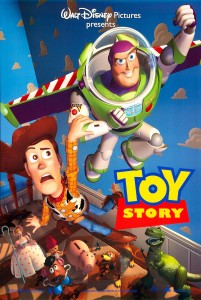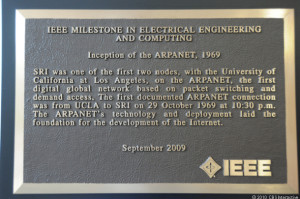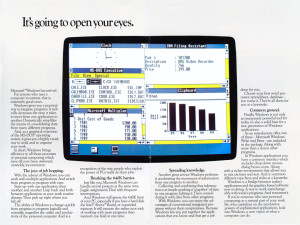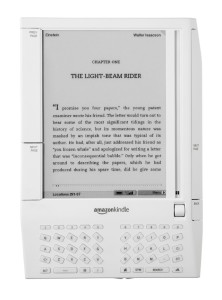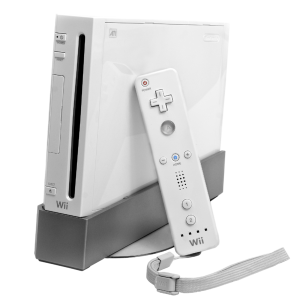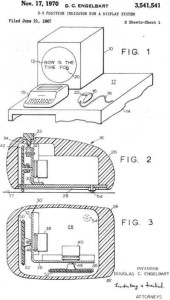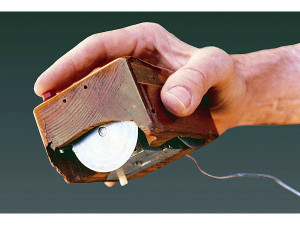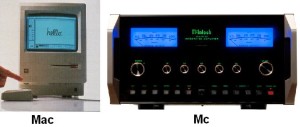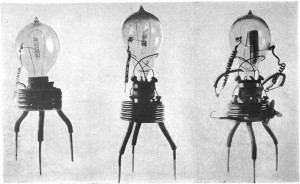Archive for 2024
World of Warcraft Released
Blizzard Entertainment releases the massively multiplayer online role-playing game World of Warcraft. World of Warcraft is currently the most popular online game in history.
Toy Story Changes the Movies
Walt Disney Pictures releases the Pixar Animation Studios production Toy Story, the first major motion picture that is created completely by computer-generated animation. A breakthrough film, Toy Story set the standard for all future computer animated films to follow and catapulted Pixar into a household name.
The Birth of the Internet
A little less than a month after the first test message was sent, the first permanent link on the ARPANet is established between UCLA and the Stanford Research Institute. As the ARPANet was the foundation of the modern Internet, this connection can now be considered the very first link of what we now know as the Internet.
Windows 1.0 Ships
Two years after initially being announced, Microsoft finally ships the first version of Windows. Originally slated to be shipped in April of 1984, the long delay caused skeptics to began to accuse Windows of being “vaporware”. Due to the relatively high demands of then-current PC technology, Windows 1.0 was generally considered too slow to be usable. It wasn’t until Windows 3 that the operating system began to generate significant sales.
Amazon Ignites the Kindle
Amazon introduces their Kindle e-book reader. Where other companies had released e-book readers in previous years with limited success, the Kindle’s integration with Amazon’s industry leading book distribution system helped catapult the e-reader into the the mainstream consciousness. The Kindle sold out within five hours of its debut.
Nintendo Releases Wii
Nintendo releases the Wii game console to compete with the Sony Playstation 3 and Microsoft Xbox 360. By forgoing raw computing power for increased player interaction utilizing the innovative motion-sensitive “Wiimote” controller, the Wii defied expectations and became the best-selling seventh-generation game console.
Telephones Get a Push
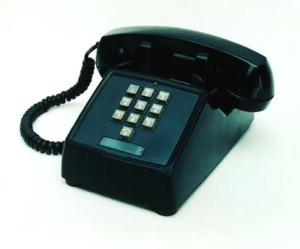
A push-button TouchTone phone from 1963. Note the missing * and # keys. They were not introduced until 1968.
November 18, 1963
Bell Telephone offers the first electronic push-button telephones to customers in Carnegie and Greensburg, Pennsylvania. Dual-tone multi-frequency (DTMF) technology (Touch-Tone) was also introduced on the same day in order to accommodate the new push-button telephones.
Computer Mouse Patented
Douglas Engelbart receives US patent 3,541,541 for his “X-Y Position Indicator For A Display System”, more commonly known as the computer mouse. Engelbart called his device a “mouse” because the cord looked like a tail. The mouse was first prototyped in 1964, but wasn’t demoed until 1968, and was not included with a commercial computer until the Xerox 8010 Star Information System in 1981. Apple first brought the mouse to a personal computer with the Lisa in 1983. However the mouse did not become ubiquitous until after 1984, when Apple’s Macintosh popularized the device.
Steve Jobs Writes a Letter
November 16, 1982
Steve Jobs writes a letter to McIntosh Labs asking for rights to use “Macintosh” as the brand name of Apple’s still-in-development computer. McIntosh Labs makes high-end stereo equipment, and while Jef Raskin, creator of the Macintosh project, intentionally spelled the name with a letter “a” to differentiate Apple’s computer from McIntosh’s audio products, Apple was denied a trademark because the name was phonetically identical. Since the Macintosh team had become attached to the name, Steve Jobs wrote the letter hoping to get permission or a licensing arrangement. Gordon Gow, president of McIntosh Labs visited Apple headquarters for a product demonstration after receiving the letter. However, McIntosh lawyers advised Gow to rejected the request. It wasn’t until March of 1983 that Apple secured a license for the name Macintosh. In 1986 Apple wholly acquired the trademark for an undisclosed “substantial” amount of money.
Vacuum Tube Invented
John Ambrose Fleming applies for a US patent on what he called the “oscillation valve“, the first example of the vacuum tube. Vacuum tubes would form the basis of electronic technology for nearly 50 years until the development of the transistor. Fleming’s invention has been described as one of the most important developments in the history of electronics.

